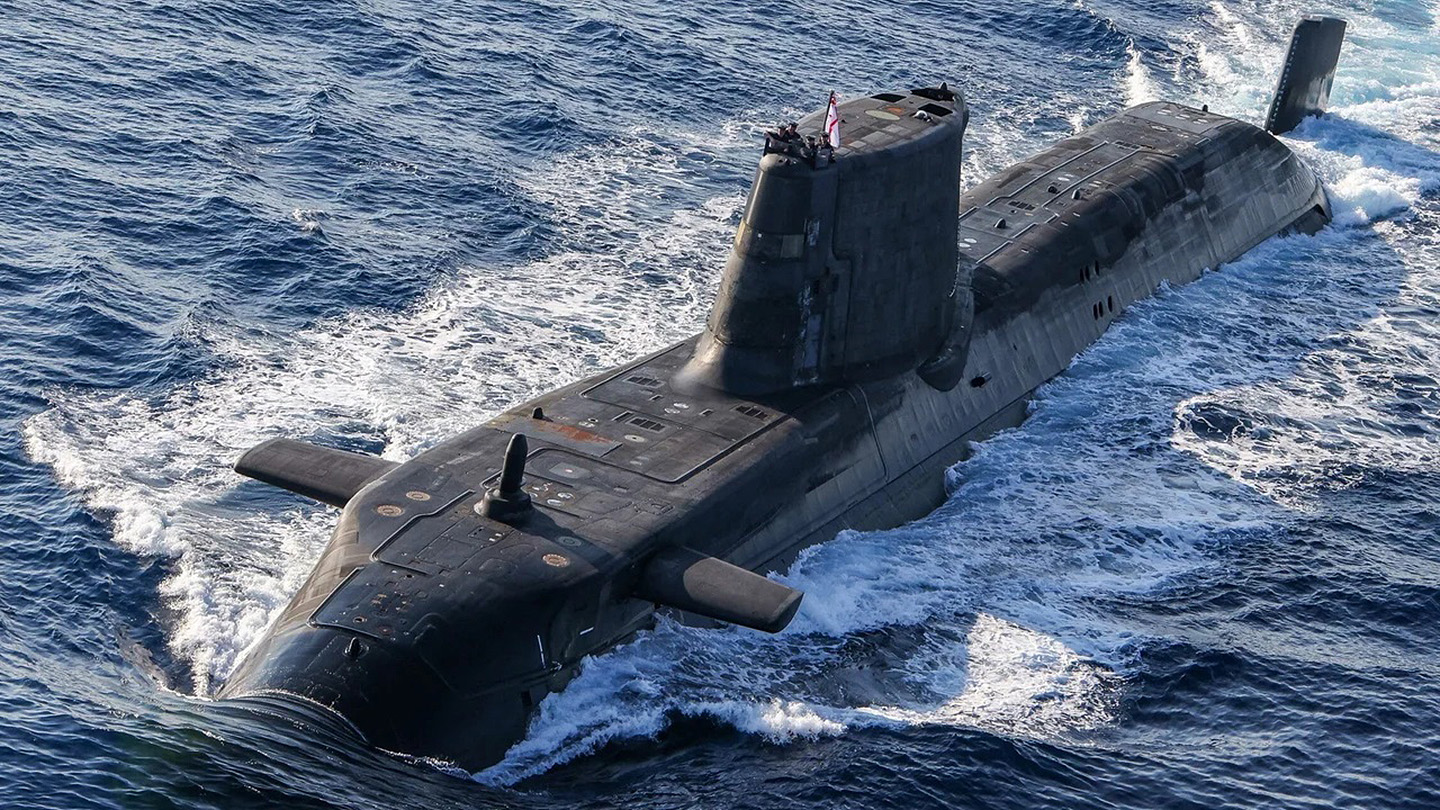The United Kingdom has confirmed that one of its Royal Navy nuclear-powered submarines surfaced close to the Yantar, a notorious Russian spy ship late last year, to make it clear it was being observed. The revelation came as the Royal Navy was once again closely tracking the Russian ship after it returned to British waters. According to the U.K. defense secretary, the Yantar has, in recent months, been “mapping the U.K.’s critical underwater infrastructure,” at a time when NATO, in general, is increasingly concerned about apparent sabotage to undersea cables.
The Yantar was sailing in British waters in November last year, during which time U.K. Defense Secretary John Healey said it had been “detected loitering over U.K. critical undersea infrastructure.”
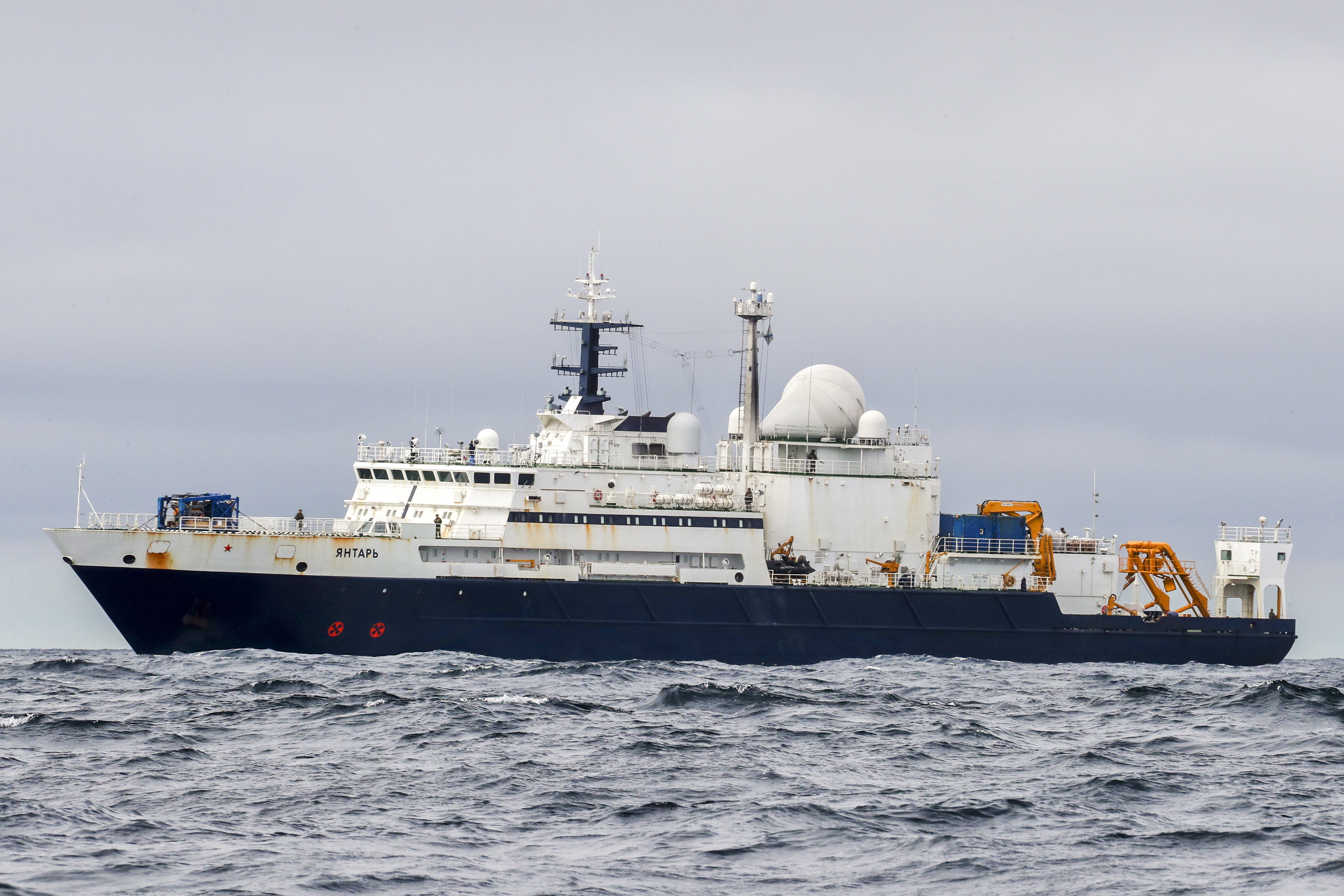
Interestingly, Healey disclosed that a Royal Navy submarine was among the assets tasked with shadowing the Yantar when it was in British waters back in November. The defense secretary said that warships and patrol aircraft were also involved in tracking the Russian vessel.
At one point, the submarine surfaced close to the Yantar “to make clear that we had been covertly monitoring its every move,” he said.
The submarine wasn’t named but will have been one of the five currently active Astute class attack submarines.

The Russian vessel then moved into Irish waters east of Dublin, sparking worries that it might be conducting espionage on critical energy and internet submarine pipelines and cables running between the United Kingdom and Ireland. The spy ship was later escorted out of the Irish Sea.
It’s rare for the U.K. government to release any kind of information about the activities of its nuclear-powered submarine fleet, especially regarding such sensitive surveillance missions. In this case, the information was likely made public to dissuade Russia from further espionage directed against critical underwater infrastructure.
The tactic may have been effective anyway, with Healey saying that, during its latest venture into British waters, this week, the Yantar didn’t remain on station for any longer period and was closely escorted throughout its journey by the Type 23 frigate HMS Somerset and the River class offshore patrol vessel HMS Tyne.
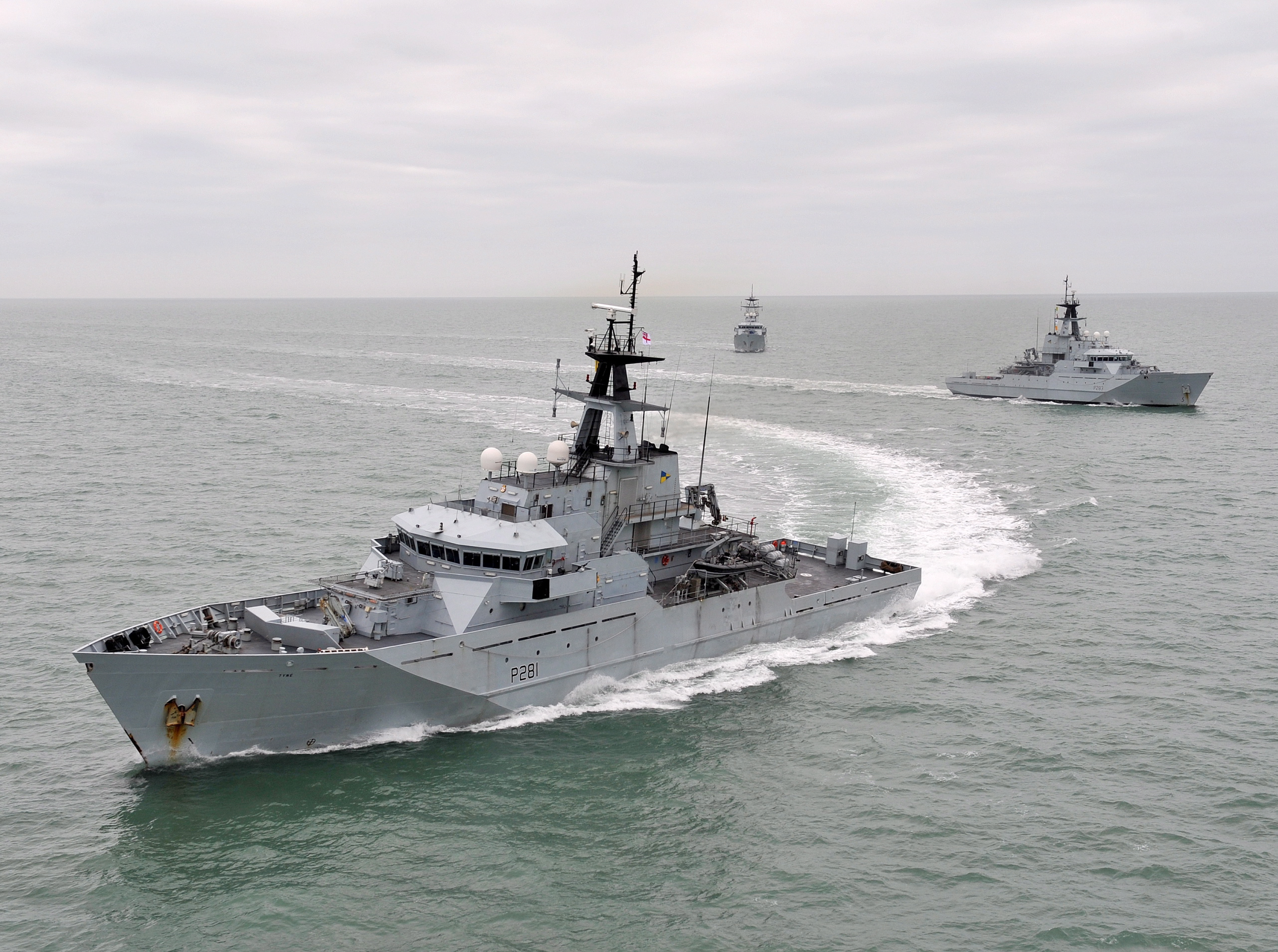
LA(Phot) Al Macleod
According to the Royal Navy, Somerset “covertly launched her Merlin helicopter, which used its powerful sensors to locate the Russian ship as it made its way north towards the English Channel.” The Type 23 frigate then closed in on the Yantar’s location and intercepted it at the entrance to the Channel, off the French coast.
“Somerset used her cutting-edge radars and sensors to report on every move during the operation, as she maintained a close distance to Yantar through the Channel and the Strait of Dover,” the Navy added.
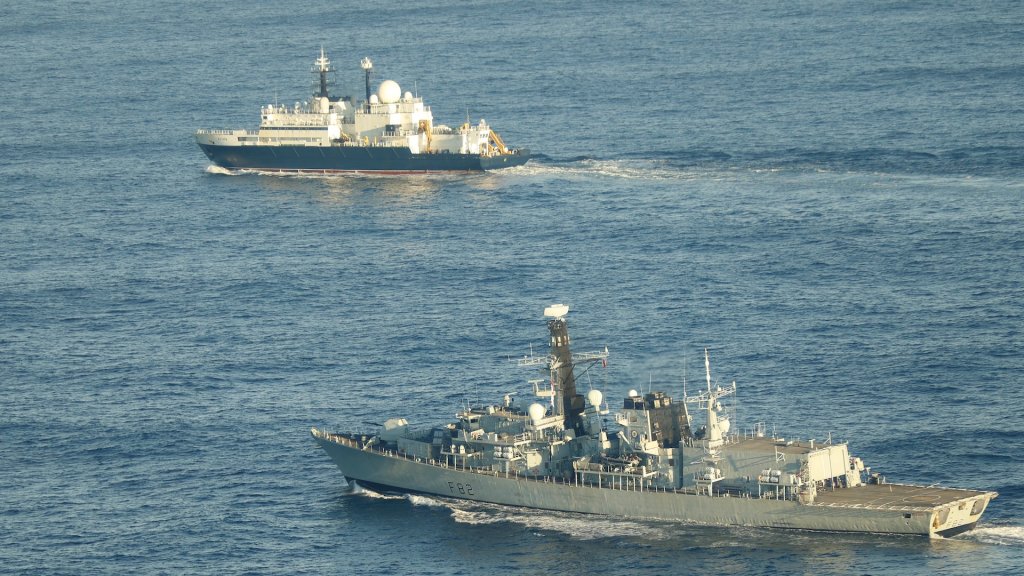
Tracking the Yantar is not necessarily a difficult job, since its position is typically broadcast at regular intervals using the automatic identification system (AIS), an automatic tracking system that uses transceivers on ships. This data is then also published by online ship tracking services.
U.K. Defense Secretary John Healey told the British parliament yesterday that the Yantar entered U.K. waters on Monday and was then monitored by the Royal Navy.
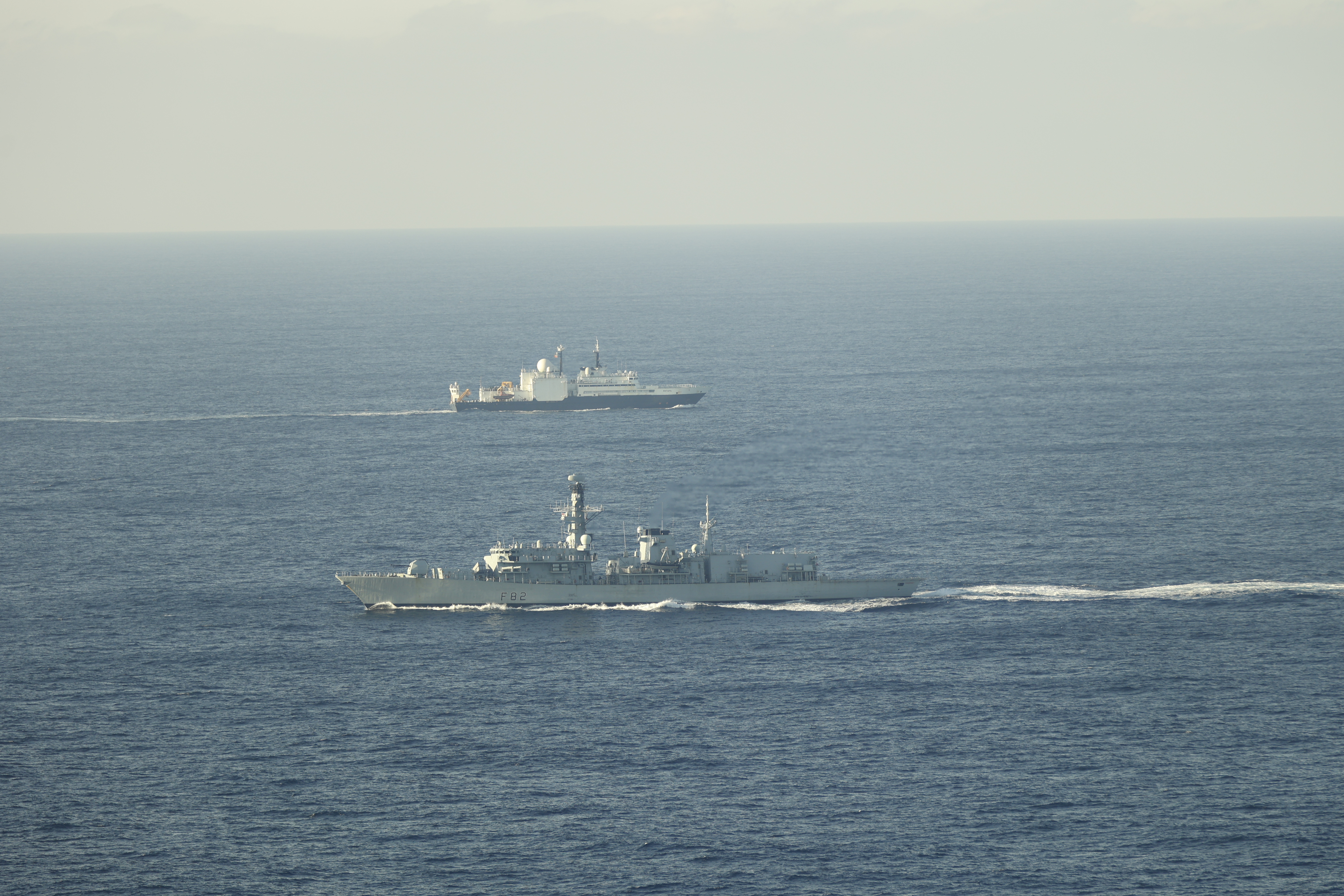
Healey went on to accuse Russia of threatening European security by targeting undersea infrastructure carrying oil, gas, electricity, and the internet. “We see you. We know what you’re doing,” he told members of parliament.
Healey added that the Yantar was first picked up on Monday when it was 45 miles off the British coast, inside the U.K.’s exclusive economic zone (EEZ).
“Let me be clear, this is a Russian spy ship,” Healey said.
Officially, the Yantar is a Project 22010 “oceanographic research vessel,” but it has specialized equipment that can reportedly tap or cut submarine cables and investigate and retrieve objects from depths of up to 18,000 feet. It is part of the Russian Defense Ministry fleet, being operated by the Main Directorate Deep-Sea Research, which works on behalf of the Russian Navy, and other agencies.
The Yantar was involved in a high-profile operation in 2017 when it sailed off the coast of Syria to recover the wreckage of two fighter jets, a Su-33, and a MiG-29KR, that crashed into the Mediterranean Sea during operations from Russia’s aircraft carrier Admiral Kuznetsov.
The following year, 2018, the U.K. Royal Navy again escorted the Yantar through the English Channel as it headed into the North Sea. At this time, it was carrying a Saab SeaEye Tiger deep-sea robot on its deck. Russia acquired this underwater drone after the Kursk submarine disaster. It can reach depths of 3,280 feet. On this occasion, the U.K. Royal Navy sent the Type 45 destroyer HMS Diamond plus a Wildcat helicopter to follow the Russian ship.
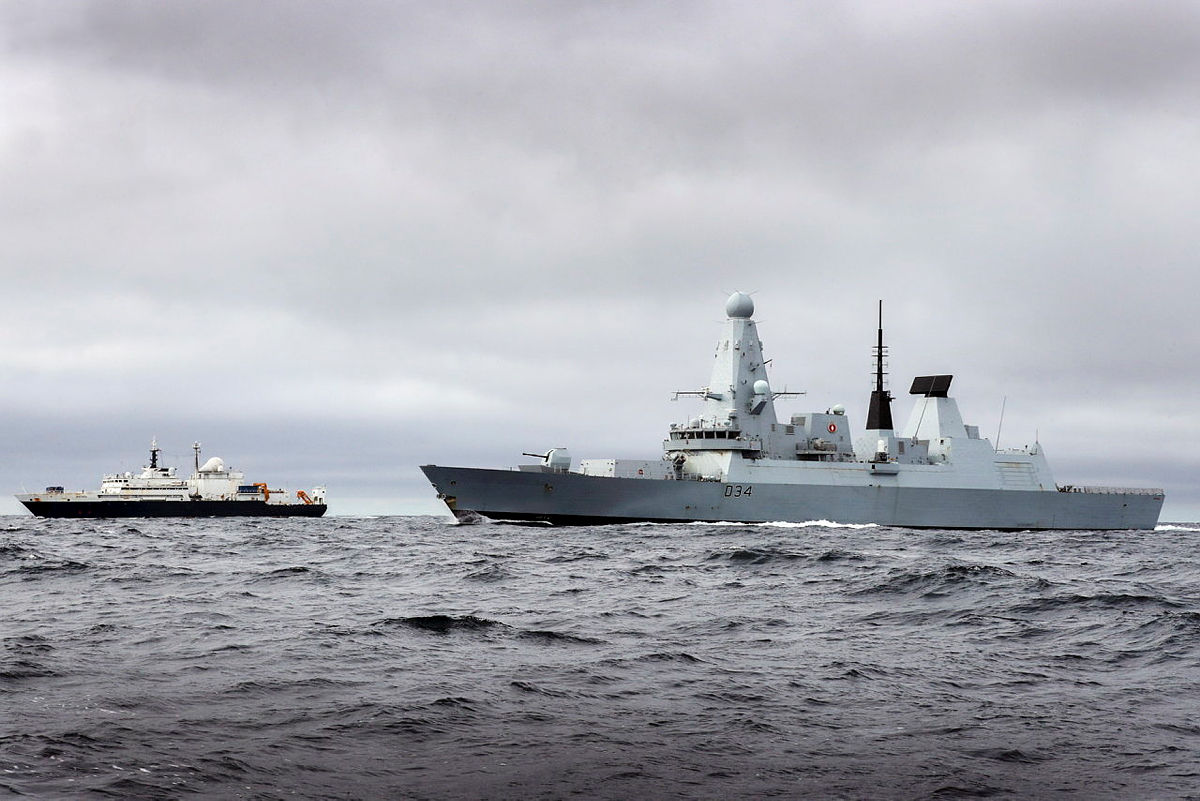
More recently, the Yantar was reported in the Mediterranean, where it was assumed to be involved in searching and potentially salvaging the wreck of the Russian cargo vessel MV Ursa Major, which sank after an apparent explosion in its engine room in late December.
The scale of the presumed threat to underwater infrastructure posed by Russian and Russian-inspired actors cannot be understated.
In the Baltic Sea alone, cables have been damaged on three occasions, with all of them carrying at least some of the hallmarks of sabotage. In the most prominent event, on Dec. 25, an oil tanker dragging its anchor, damaging a power cable running between Finland and Estonia. This led to NATO launching Baltic Sentry, a mission intended to ensure the security of critical undersea infrastructure in the region. As you can read about here, the mission now also involves Dutch F-35A stealth fighters and it will soon add at least 20 uncrewed surface vessels (USVs) in the coming weeks. This is in addition to surface vessels and maritime patrol aircraft.
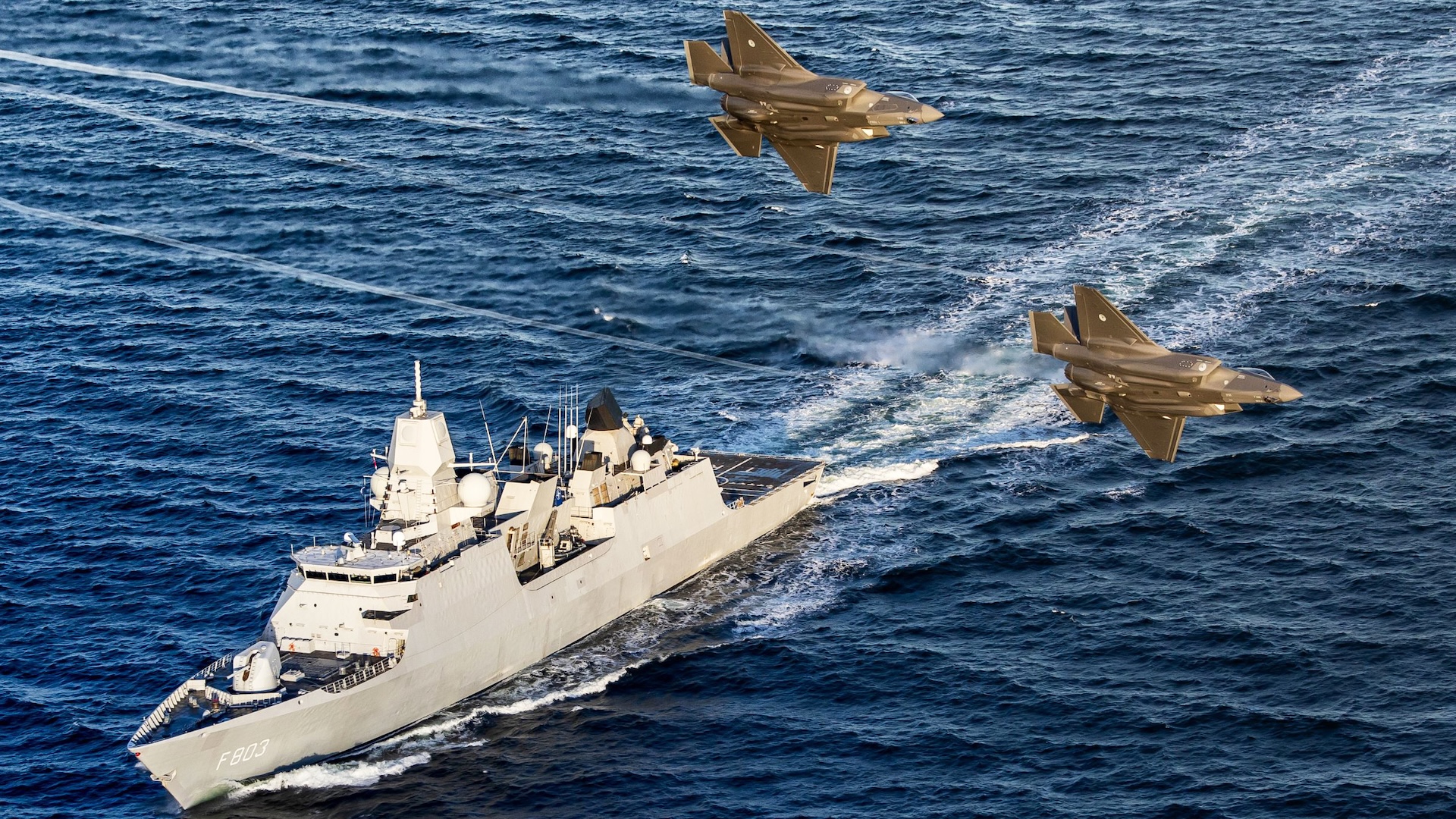
The vessel responsible for the incident in the Baltic in December was the Eagle S, registered in the Cook Islands, but connected with Russia. The oil tanker was also revealed to be brimming with spy equipment after it was seized by authorities.
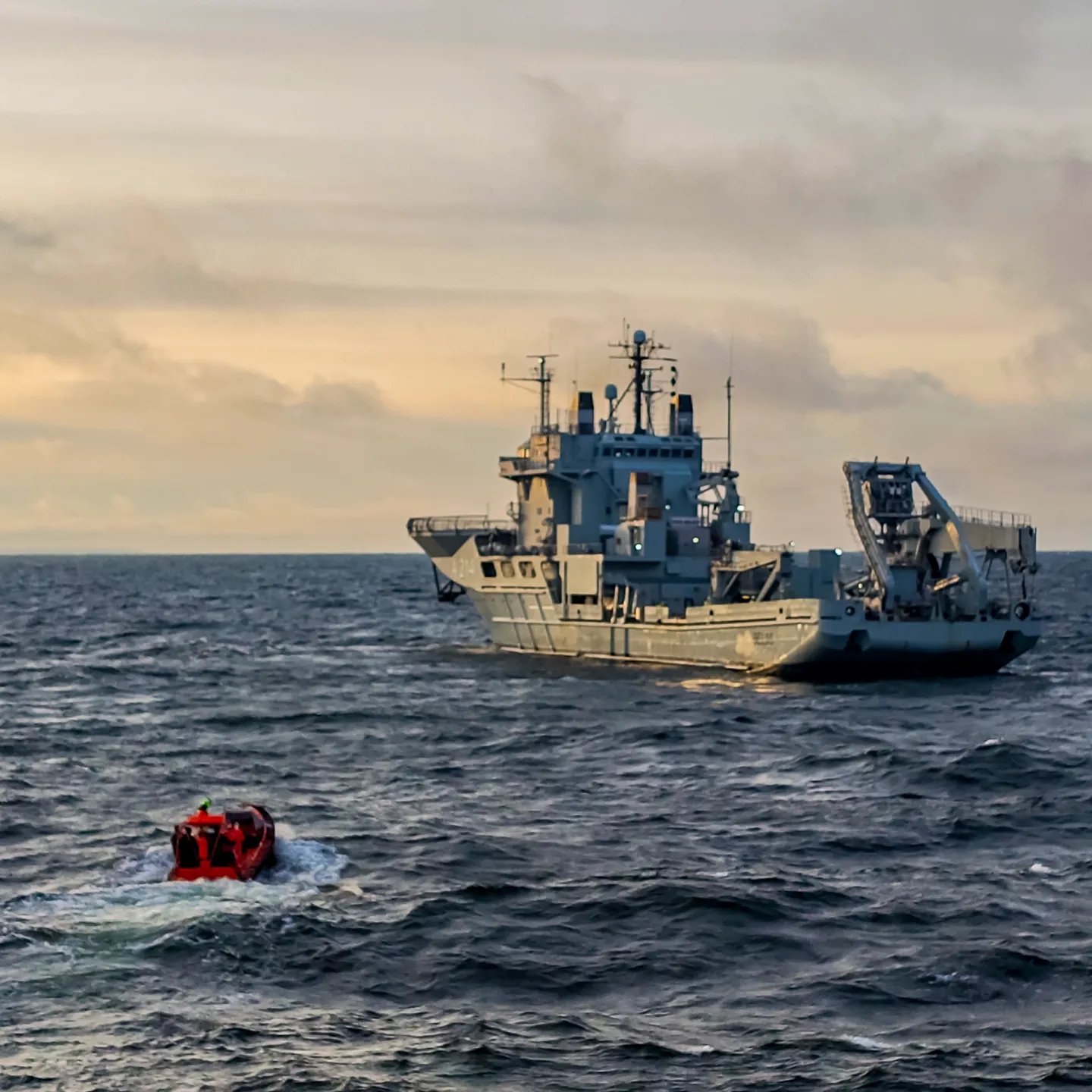
The suggestion that this incident was connected somehow to the Kremlin was also raised by Healey, who noted that “many analysts believe this was caused by a vessel in Russia’s shadow fleet.”
The potential risk to undersea infrastructure has long been understood, especially bearing in mind how hard it can be to defend it against nefarious action — and the degree to which nations rely on it to fulfill many of their critical needs.
“We are now seeing Russian underwater activity in the vicinity of undersea cables that I don’t believe we have ever seen,” U.S. Navy Rear Adm. Andrew Lennon, then serving as NATO’s top submarine officer, told The Washington Post back in December 2017. “Russia is clearly taking an interest in NATO and NATO nations’ undersea infrastructure.”
Meanwhile, there is now a wide acknowledgment that the Russian war in Ukraine — and the heightened East-West tensions as a result — are driving up the scale of this risk. With that in mind, spy ships like the Yantar are sure to be closely tracked by NATO assets whenever they are found operating in their waters.
Contact the author: thomas@thewarzone.com
